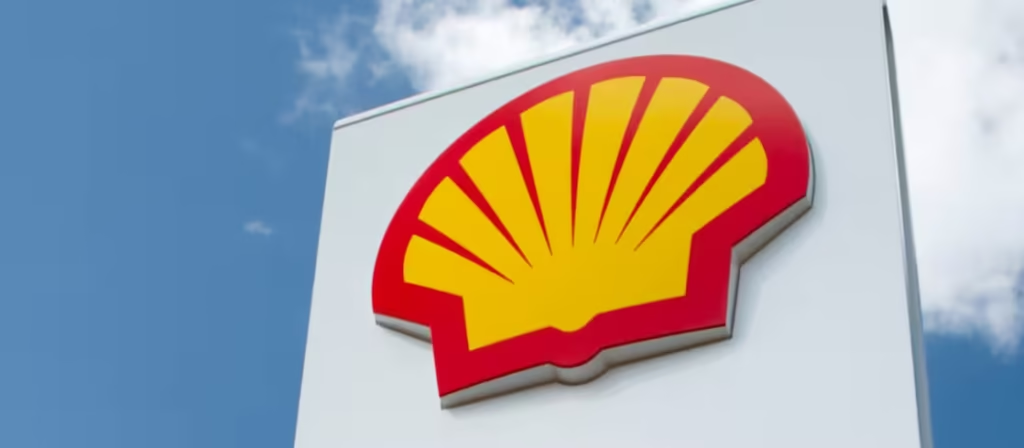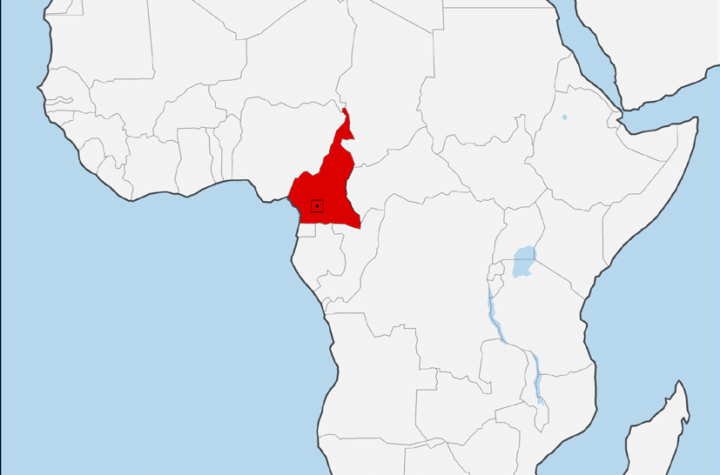
LAGOS – In a significant move for Nigeria’s energy sector, Shell Nigeria Exploration and Production Company Limited (SNEPCo) and its partner Sunlink Energies and Resources Limited have taken a Final Investment Decision (FID) on the long-awaited HI gas project offshore Nigeria.
The project, expected to come onstream before the end of the decade, is designed to supply a peak of 350 million standard cubic feet of gas per day—equivalent to approximately 60,000 barrels of oil—to the Nigeria LNG (NLNG) facility on Bonny Island. Shell holds a 25.6% interest in NLNG, a key exporter of liquefied natural gas to international markets.
The announcement signals a continued vote of confidence in Nigeria’s deepwater and gas sectors. Peter Costello, Shell’s Upstream President, stated, “Following recent investment decisions related to the Bonga deep-water development, today’s announcement demonstrates our continued commitment to Nigeria’s energy sector, with a focus on Deepwater and Integrated Gas.” He added that the “Upstream project will help Shell grow our leading Integrated Gas portfolio, while supporting Nigeria’s plans to become a more significant player in the global LNG market.”
The HI project’s output is strategically aligned with the ongoing NLNG Train 7 expansion at the Bonny Island terminal, which aims to increase the country’s overall LNG production capacity. This expansion is a critical component of Shell’s global strategy to grow its LNG volumes by 4-5% annually until 2030.
Beyond export earnings, the project is anticipated to bolster Nigeria’s national economic development. The development is expected to create jobs in construction and operations and will directly support the federal government’s ambitions to harness its extensive gas resources for economic growth and energy transition.
Discovered in 1985, the HI field is located in shallow waters about 50 kilometers from the coast. The project is estimated to hold recoverable resources of approximately 285 million barrels of oil equivalent.






More Stories
Meet the New Service Chiefs: Military Strategists Tasked with Securing Nigeria
Record $8.7 Billion Floods Into Gold Funds As Investors Seek Safe Haven
Ijaw Youth Council Backs AA Candidate for AMAC Chairmanship